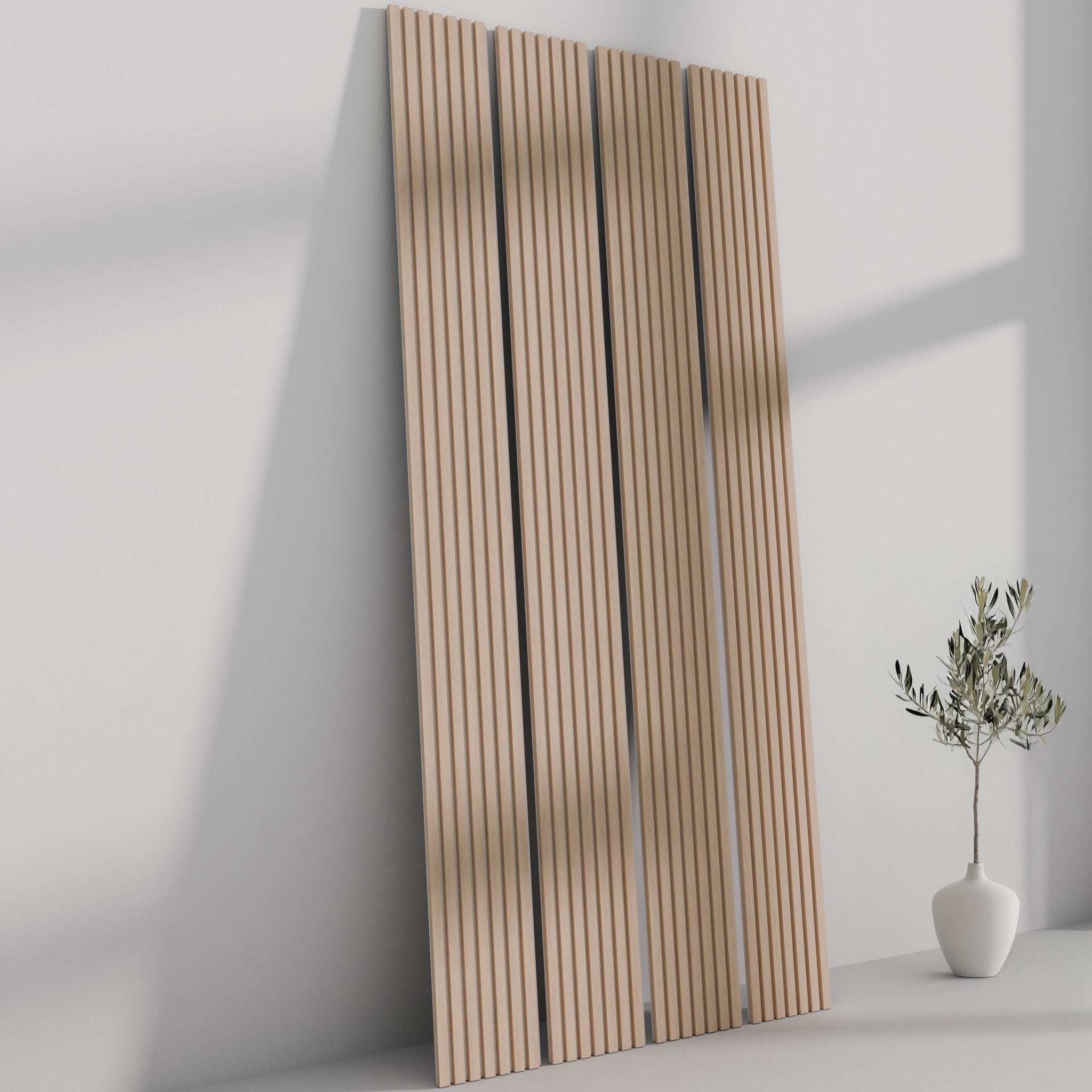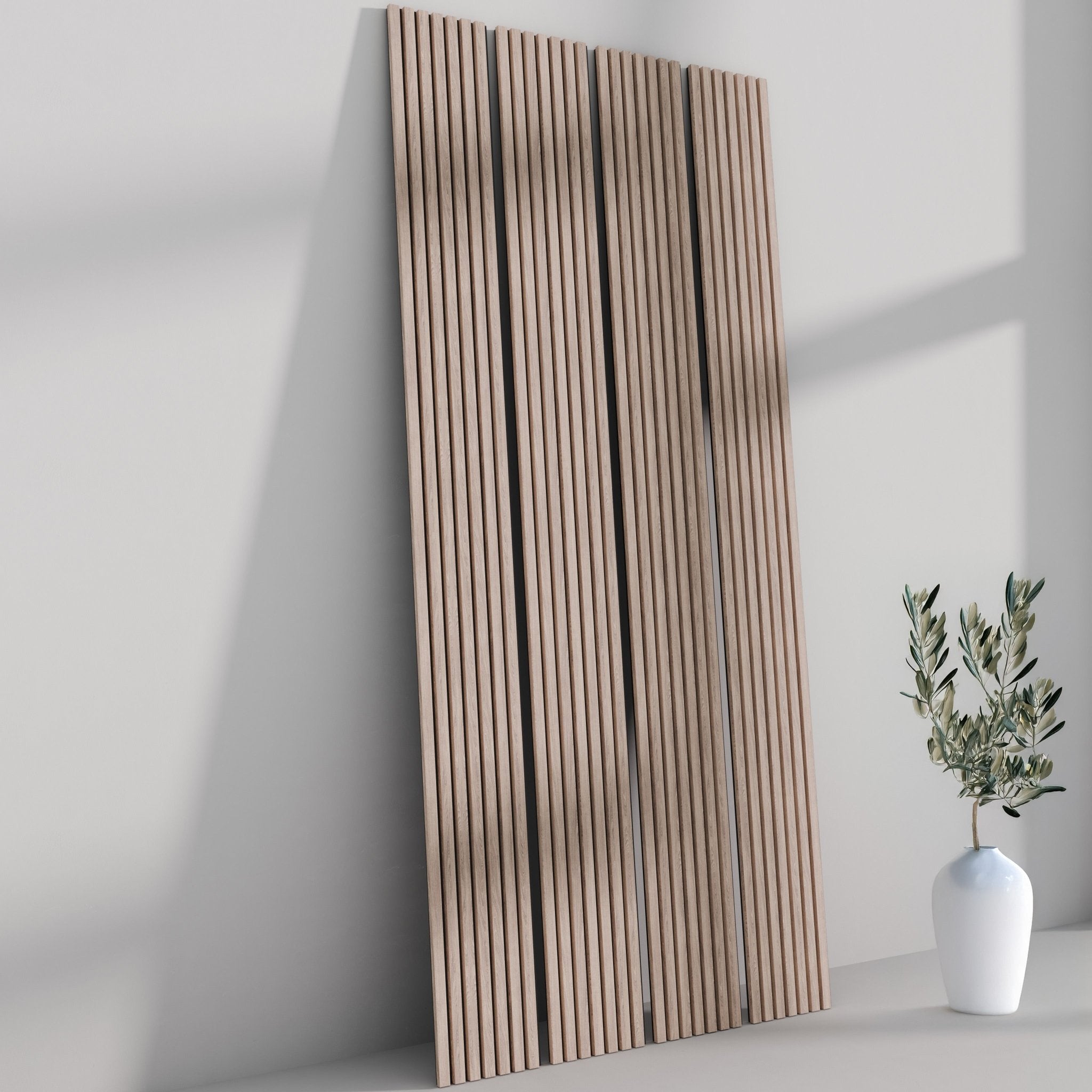Introduction
When people think of acoustic panels, they often picture high-end recording studios or theaters. However, the use of wood slat acoustic panels is far more versatile than you might think. This article explores the different environments where these panels can add both aesthetic and functional value.
Residential Applications
Home Theaters
Wood slat acoustic panels can provide a cinema-quality sound experience right in the comfort of your home.
Home Offices
As remote work becomes increasingly popular, creating a distraction-free environment has never been more important. Wood slat acoustic panels can help achieve this.
Commercial Applications
Restaurants and Cafés
Restaurants often struggle with noise levels. These panels can both enhance the ambiance and reduce unwanted noise.
Retail Spaces
For retail stores aiming to create a pleasant shopping experience, these panels can offer an elegant solution to manage acoustics.
Educational Settings
Libraries and Study Rooms
The silent zones of libraries can be made even quieter and more conducive for focused learning with the help of acoustic panels.
Auditoriums
In larger spaces like auditoriums, these panels can help in the uniform distribution of sound, improving the audibility of lectures or performances.
Healthcare Facilities
Waiting Rooms
Reducing noise levels in healthcare settings can significantly improve patient comfort and experience.
Patient Rooms
Creating a quiet environment can facilitate better rest and quicker recovery for patients.
Places of Worship
Places like churches, mosques, and temples often have unique acoustic needs. Wood slat acoustic panels can enhance both speech intelligibility and musical clarity in these settings.
Conclusion
Wood slat acoustic panels are not confined to a single type of space. Their adaptability makes them a viable solution for a multitude of applications, from the home to the public sector. As more people recognize their benefits, we can expect these panels to become an even more integral part of our built environment.

























